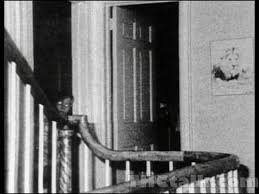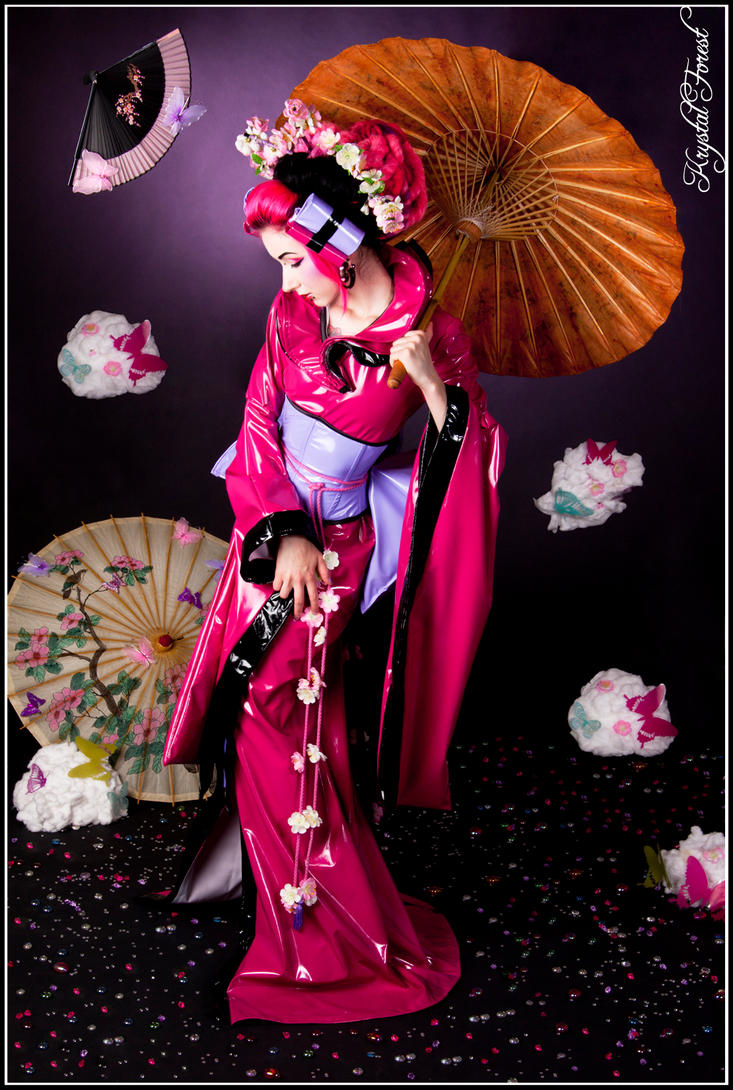"Haunted houses. What is it about the dead still hanging about that fascinates us so much? And what is it about creaky old locations that brings out the superstitious in even the staunchest atheist?
For my part, the romance attached with a ghost locked to a location is too much to resist. I love old places. I love their history, their timeworn imperfections, their atrophied surfaces the only reminder of those who were here before us, and who are now long gone... or are they?
I think part of the allure of ghosts is that, if we could just see one, just once, and KNOW for sure that what we were seeing was real, then we'd have actual tangible proof that there is more out there after we die. It's like we want a cheat sheet for spirituality. Why have faith when we can see, hear or feel eternity? Proof. It's what every ghost hunter is seeking. Proof of ghosts. Proof that we have a soul." -
taken from fearnet.com
In December 1975, George and Kathy Lutz and Kathy's three children moved into 112 Ocean Avenue, a large Dutch Colonial house in Amityville, a suburban neighborhood located on the south shore of Long Island, New York. Thirteen months before the Lutzes moved in, Ronald DeFeo, Jr. had shot and killed six members of his family at the house. After 28 days, the Lutzes left the house, claiming to have been terrorized by paranormal phenomena while living there...
 |
| This is one of the picture taken inside the Amityville house..and yes. That's supposed to be one of the famous ghosts haunting the house... |
The five-bedroom Dutch Colonial Long Island home with water views and a boathouse is currently priced at $1.5 million. That’s a long way from the paltry $55,000 it sold for following reportedly horrific events that took place there back in 1974 after Ronald DeFeo fatally shot six family members in their sleep.
The Lutz family moved into the home one month after the DeFeo tragedy, and their (fictionalized and sensationalized) story is the focus of the classic 1979 film “The Amityville Horror.” The Lutzes claimed the home was haunted and that they were plagued by demonic images, walls that oozed slime, a crucifix that spun upside down in front of their eyes, a swarm of flies, objects levitating, a tiny room discovered that was not part of the house’s blueprints and other such oddities.
Many people claimed it was merely a money-making scheme on the part of the Lutzes. Nevertheless, the family only lived in the home for a total of 28 days.
Subsequent owners reported no paranormal activity in the home that was located in an otherwise tranquil, upscale community. Also the address has been changed to avoid tourists and visitors, especially around Halloween.
Some of the experiences of the Lutz family at the house have been described as follows:
►George would wake up around 3:15 every morning and would go out to check the boathouse. Later he would learn that this was the estimated time of the DeFeo killings.
►The house was plagued by swarms of flies despite the winter weather.
►Kathy had vivid nightmares about the murders and discovered the order in which they occurred, and the rooms where they took place. The Lutz children also began sleeping on their stomachs, in the same way that the dead bodies in the DeFeo murders had been found.
►Kathy would feel a sensation as if "being embraced" in a loving manner, by an unseen force.
►George discovered a small hidden room (around four feet by five feet) behind shelving in the basement. The walls were painted red and the room did not appear in the blueprints of the house. The room came to be known as "The Red Room." This room had a profound effect on their dog Harry, who refused to go near it and cowered as if sensing something negative.
►There were cold spots and odors of perfume and excrement in areas of the house where no wind drafts or piping would explain the source.
►While tending to the fire, George and Kathy saw the image of a demon with half his head blown out. It was burned into the soot in the back of the fireplace.
►The Lutzes' five-year-old daughter, Missy, developed an imaginary friend named "Jodie," a demonic pig-like creature with glowing red eyes.
►George would be woken up by the sound of the front door slamming. He would race downstairs to find the dog sleeping soundly at the front door. Nobody else heard the sound although it was loud enough to wake the house.
►George would hear what was described as a "German marching band tuning up" or what sounded like a clock radio playing not quite on frequency. When he went downstairs the noise would cease.
►George realized that he bore a strong resemblance to Ronald DeFeo, Jr., and began drinking at The Witches' Brew, the bar where DeFeo was once a regular customer.
►When closing Missy's window, which Missy said Jodie climbed out of, Kathy saw red eyes glowing at her.
►While in bed, Kathy received red welts on her chest caused by an unseen force and was levitated two feet off the bed.
►Locks, doors and windows in the house were damaged by an unseen force.
Cloven hoofprints attributed to an enormous pig appeared in the snow outside the house on January 1, 1976.
►Green gelatin-like slime oozed from walls in the hall, and also from the keyhole of the playroom door in the attic.
►A 12-inch (30 cm) crucifix, hung in the living room by Kathy, revolved until it was upside down and gave off a sour smell.
►George tripped over a 4-foot-high (1.2 m) China lion which was an ornament in the living room, and was left with bite marks on one of his ankles.
►George saw Kathy transform into an old woman of ninety, "the hair wild, a shocking white, the face a mass of wrinkles and ugly lines, and saliva dripping from the toothless mouth."
►Missy would sing constantly in her room. Whenever she would go out of the room she stopped singing. But going back to the room, she would go back to sing where she left off.
After deciding that something was wrong with their house that they could not explain rationally, George and Kathy Lutz carried out a blessing of their own on January 8, 1976. George held a silver crucifix while they both recited the Lord's Prayer, and while in the living room George allegedly heard a chorus of voices telling them “Will you stop?!”
By mid-January 1976, and after another attempt at a house blessing by George and Kathy, they experienced what would turn out to be their final night in the house. The Lutzes declined to give a full account of the events that took place on this occasion, describing them as "too frightening."
♥
































